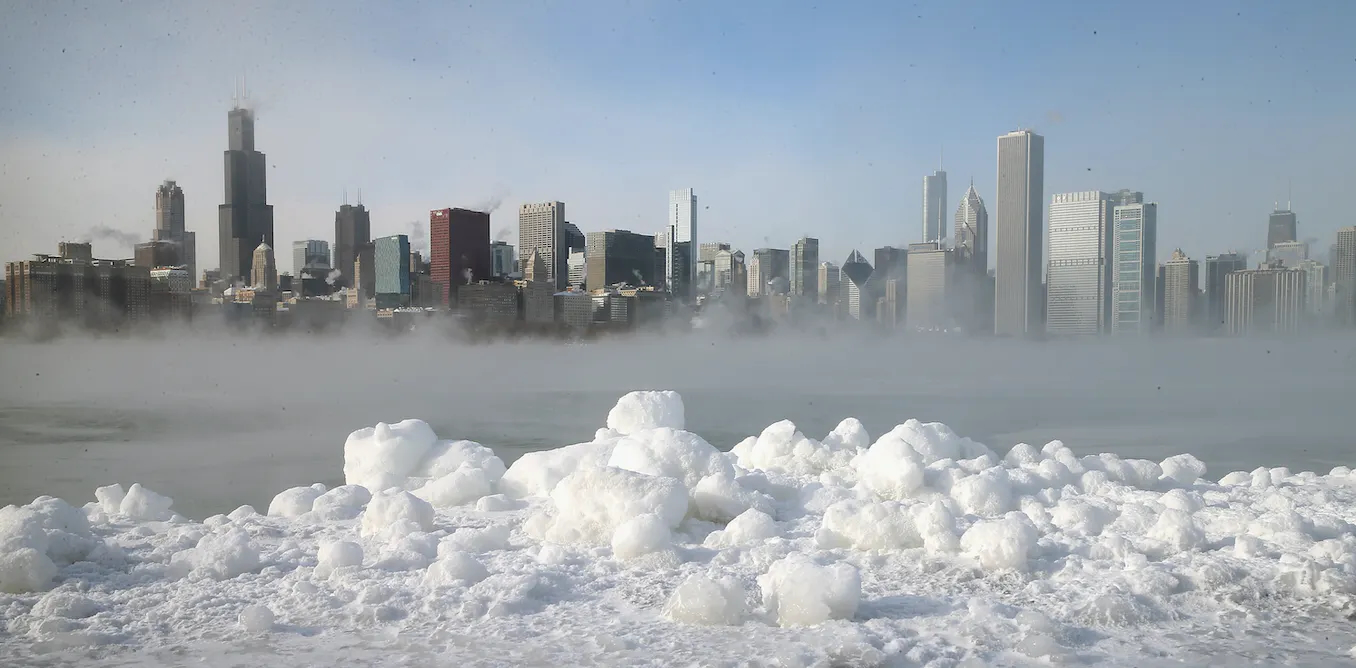Chicago has crazy winters year after year. This year, however, it has not been a challenge for residents of the Windy City, as it has only snowed once thus far. But previous winters haven’t been so forgiving. Today, we are going to go over five of the biggest storms on record that have hit the Chicago area.
Chicago Blizzard of 1967
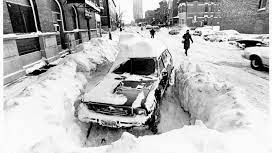
During the Chicago Blizzard of 1967, snow fell for two days. About 23 inches of snow accumulated over the course of Jan. 26-27. It remains the greatest snowfall in one storm in Chicago history.
Winds also reached 53 miles per hour. The blizzard left 50,000 cars and 800 buses stranded on local streets.
Airports closed as 10 feet of snowdrifts kept piling up on the runways. Adults were stuck in their offices, and kids were stuck at school. Hundreds of kids slept overnight at school because no vehicle could get through all of that snow.
Lastly, there were 68 people killed during the snowstorm. Many deaths were caused by heart attacks because of the drastic change of temperature from inside to the outside.
The Chicago Blizzard of 1979
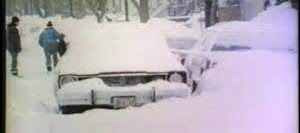
The Chicago Blizzard of 1979 was on January 12-14 in 1979. There was snowfall for two days.
During that time an average of 20.3 inches of snow blanketed Chicagoland. In some areas of Chicago, the snow reached 29 inches.
There were wind speeds up to 39 miles an hour.
Over the course of these two days, there was a low of -19 degrees and a high of -2 degrees. Five people died, and 15 were seriously injured.
This blizzard caused over $1 billion worth of damages. Airports were closed for four days during this blizzard. There was also snow on the ground for 53 days following this blizzard.
The Chicago Blizzard of 1987 (aka “The Heart Attack”)
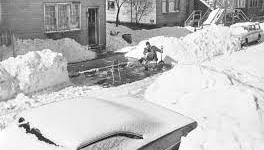
The Chicago Blizzard of 1987 was on December 15-16. There were 12-15 inches of snow.
Overall, the blizzard was responsible for 26 deaths, and it caused $25 million worth of damage.
The airport was closed for one day. There was also a lot of hail that caused injuries to people and damaged personal property.
This blizzard was nicknamed “The Heart Attack” because of the wet snow that fell, which caused people to go outside and shovel. Shoveling the heavy snow in such cold conditions led to hundreds of deaths by heart attack during this time.
Chicago Blizzard of 1999
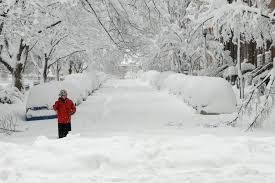
The Chicago Blizzard of 1999 took place January 1-3 in 1979.
There was snowfall for two days. Over those two days, there were 22 inches of snow.
This is the area’s second largest blizzard on record, behind the Chicago Blizzard of 1967.
Wind speeds reached 43 miles per hour. The storm caused $400 million worth of damages.
It also took the lives of 73 people. Airports were closed for several days.
The Chicago Blizzard of 2011
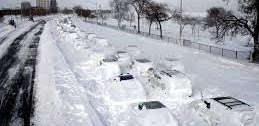
The Chicago Blizzard of 2011 was between January 31-February 2, in 2011. There were 21.2 inches of snow. This blizzard caused $1.8 billion worth of damage.
The storm also shut down all of the airports in the Chicago area for a whole week. There were also 38 deaths.
Wind speeds averaged 50-60 miles per hour. There were actually two buildings where the roof tore off because of the high wind speed. Some of the Wrigley Field panels even fell off because of how strong the wind was.
Conclusion
Chicago has had some crazy winters. This winter in Chicago, we are expected to have 20-30 inches of snow throughout the entire season. It is crazy to think about the fact that one storm could produce this much snow.
Looking back at previous storms and learning about those who lost their lives during such severe weather reminds us that people shouldn’t shovel snow right after it falls. This could increase the chance of heart attack, according to the World Health Organization (WHO).
Not only should people not shovel snow right after it falls, they should also be careful about going from warm conditions inside to extreme cold outside.
The immediate and drastic temperature change can be very harmful, especially for those with underlying health conditions.
Works Cited
- CBS Interactive. (2021, February 1). Remembering The snowmageddon blizzard of 2011, 10 years later. CBS News.
- Robaugh, D. (2016, January 24). 5 worst blizzards in Chicago-area history (with Awesome 1967 newsreel footage). Lakeview, IL, Patch.
- WHO, (2012, November 8). Snow Shoveling (When is the betst time to shovel).


